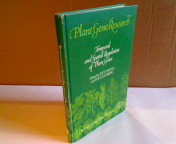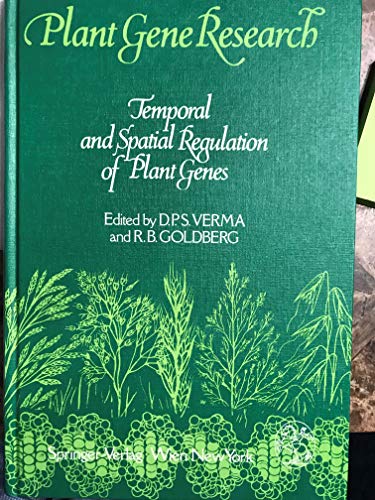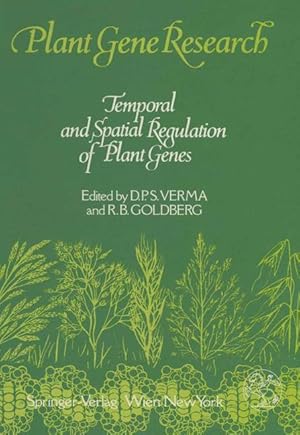verma robert goldberg (8 Ergebnisse)
Suchfilter
Produktart
- Alle Product Types
- Bücher (8)
- Magazine & Zeitschriften (Keine weiteren Ergebnisse entsprechen dieser Verfeinerung)
- Comics (Keine weiteren Ergebnisse entsprechen dieser Verfeinerung)
- Noten (Keine weiteren Ergebnisse entsprechen dieser Verfeinerung)
- Kunst, Grafik & Poster (Keine weiteren Ergebnisse entsprechen dieser Verfeinerung)
- Fotografien (Keine weiteren Ergebnisse entsprechen dieser Verfeinerung)
- Karten (Keine weiteren Ergebnisse entsprechen dieser Verfeinerung)
- Manuskripte & Papierantiquitäten (Keine weiteren Ergebnisse entsprechen dieser Verfeinerung)
Zustand Mehr dazu
- Neu (6)
- Wie Neu, Sehr Gut oder Gut Bis Sehr Gut (Keine weiteren Ergebnisse entsprechen dieser Verfeinerung)
- Gut oder Befriedigend (1)
- Ausreichend oder Schlecht (Keine weiteren Ergebnisse entsprechen dieser Verfeinerung)
- Wie beschrieben (1)
Einband
Weitere Eigenschaften
- Erstausgabe (Keine weiteren Ergebnisse entsprechen dieser Verfeinerung)
- Signiert (Keine weiteren Ergebnisse entsprechen dieser Verfeinerung)
- Schutzumschlag (Keine weiteren Ergebnisse entsprechen dieser Verfeinerung)
- Angebotsfoto (4)
Sprache (1)
Gratisversand
Land des Verkäufers
Verkäuferbewertung
-
Plant Gene Research: Temporal and Spatial Regulation of Plant Genes
Anbieter: Anybook.com, Lincoln, Vereinigtes Königreich
EUR 13,59
EUR 14,68 für den Versand von Vereinigtes Königreich nach USAAnzahl: 1 verfügbar
In den WarenkorbZustand: Good. This is an ex-library book and may have the usual library/used-book markings inside.This book has hardback covers. Clean from markings. In good all round condition. No dust jacket. Please note the Image in this listing is a stock photo and may not match the covers of the actual item,1000grams, ISBN:3211820469.
-
344 S. mit zahlreichen Abbildungen, 3211820469 Sprache: Englisch Gewicht in Gramm: 850 Groß 8°, Original-Pappband (Hardcover), Bibliotheks-Exemplar, Stempel auf Titel, leichte Rückstände vom Rückenschild, Einband gering berieben, insgesamt gutes und innen sauberes Exemplar,
-
Zustand: New. This is a Brand-new US Edition. This Item may be shipped from US or any other country as we have multiple locations worldwide.
-
Temporal and Spatial Regulation of Plant Genes (Plant Gene Research)
Anbieter: Ria Christie Collections, Uxbridge, Vereinigtes Königreich
EUR 109,98
EUR 13,59 für den Versand von Vereinigtes Königreich nach USAAnzahl: Mehr als 20 verfügbar
In den WarenkorbZustand: New. In.
-
EUR 92,27
EUR 48,99 für den Versand von Deutschland nach USAAnzahl: Mehr als 20 verfügbar
In den WarenkorbZustand: New.
-
Temporal and Spatial Regulation of Plant Genes (Plant Gene Research)
Anbieter: Revaluation Books, Exeter, Vereinigtes Königreich
EUR 154,55
EUR 14,18 für den Versand von Vereinigtes Königreich nach USAAnzahl: 2 verfügbar
In den WarenkorbPaperback. Zustand: Brand New. 364 pages. 9.61x6.61x0.87 inches. In Stock.
-
Taschenbuch. Zustand: Neu. Temporal and Spatial Regulation of Plant Genes | Desh Pal S Verma (u. a.) | Taschenbuch | xiii | Englisch | 2011 | Springer | EAN 9783709174487 | Verantwortliche Person für die EU: Springer Verlag GmbH, Tiergartenstr. 17, 69121 Heidelberg, juergen[dot]hartmann[at]springer[dot]com | Anbieter: preigu.
-
Taschenbuch. Zustand: Neu. Druck auf Anfrage Neuware - Printed after ordering - First attempts to isolate plant genes were for those genes that are abun dantly expressed in a particular plant organ at a specific stage of devel opment. However, many important gene products are produced in a very minute quantity and in specialized cell types. Such genes can now be isolated using a variety of approaches, some of which are described in this volume. The rapid progress during the last decade in regeneration of a number of crop plants and the availability of molecular tools to introduce foreign genes in plants is allowing the engineering of specific traits of agri cultural importance. These genes must, however, be regulated in a spatial and temporal manner in order to have desired effects on plant devel opment and productivity. The habitat of plants necessitate adaptive responses with respect to the environmental changes. Starting from germination of the seed, the plant begins to sense environmental cues such as moisture, light, temperature and the presence of pathogens, and begins to respond to them. Little is known about various signal transduction pathways that lead to biochemical and morphogenetic responses, in particular, transition from vegetative to reproductive phase. With the availability of tools to generate specific mutations via transposon tagging, identification and isolation of genes affecting these processes may be facilitated. Transfer of these genes into heterologous environments will allow understanding of the complex processes that control plant development.








